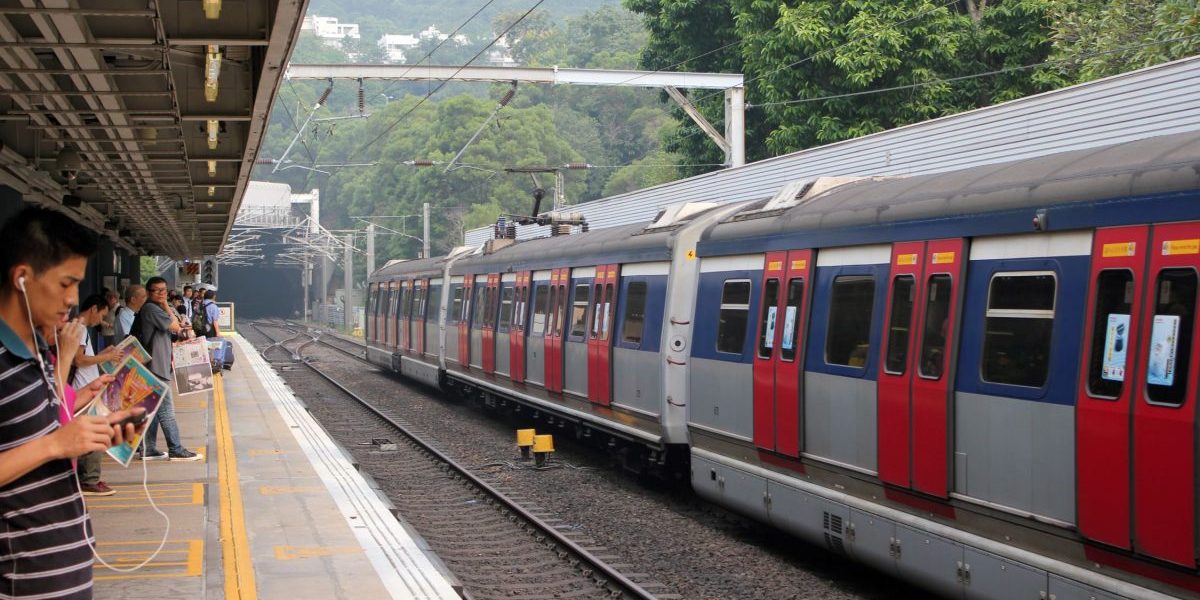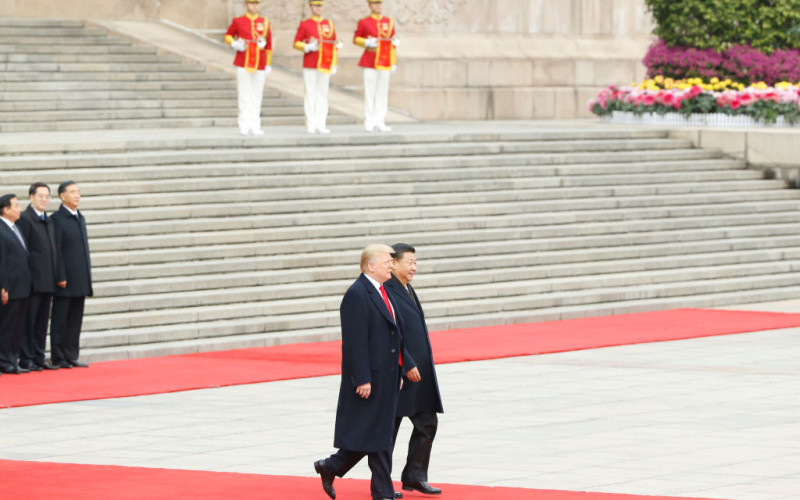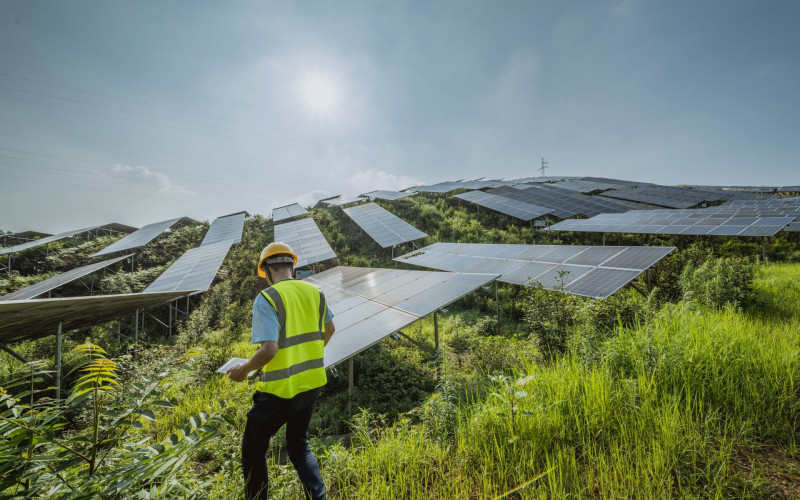Railway projects carry special significance as a domestically strategic sector, and a way to export China’s capacity and technology abroad. But the operation and longevity of these infrastructures will depend on how they are integrated into the local economy, and long-term sustainability depends on local capacity building. The standard gauge railway (SGR) from Addis-Ababa to Djibouti, completed in 2018, is symbolic as China’s first crossborder railway built in Africa since the Tanzania
Zambia (TAZARA) line in the 1970s. Along with the Kenyan Mombasa-Nairobi SGR, it has been enfolded into the ‘Belt and Road Initiative’ discourse in East Africa. Ethiopia’s fragmented railway construction market offers a singular perspective as a site for contesting emerging powers, via. international contractors. Turkey is a major player and competitor to China in the railway sector, responsible for the construction of a line from Awash to Weldiya, adjoining the Chinese-built Addis
Djibouti line.








